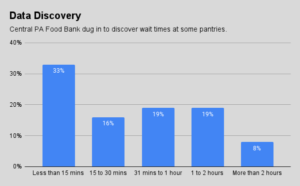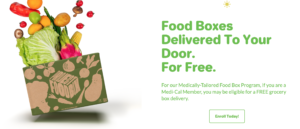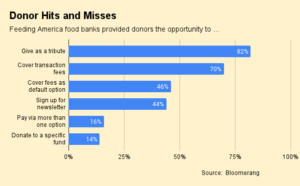In just a couple of months, eligible families in 36 states will be able to use federal benefits loaded onto cards to purchase food for their kids during the summer. The program, known as Summer EBT (for electronic benefits transfer), is based on a similar program that emerged during the pandemic to make up for the loss of in-person school lunches. Nationwide, cash assistance to families through Pandemic EBT amounted to $391 per child for 89% of eligible children.
Summer EBT lets families purchase food from any grocery store, and stands in contrast to the traditional Summer Food Service Program, which revolves around food distributions. Findings from a study we published in December in the American Journal of Public Health suggest that families prefer cash assistance over food distributions. We argue that taking this preference into account can create food assistance interventions that are more successful and equitable, while eliminating many of the challenges that food distributions present to already burdened families.
During the pandemic, all students attending the Houston Independent School District in Houston, Tex., were eligible for the Pandemic-EBT program. In addition, the school district distributed nearly nine million meals from March 2020 to June 2021. Interviewing 45 Black mothers in an underserved Houston neighborhood, our team explored how families responded to these different approaches.
Although school district-led food distributions helped to provide vital support to these families, interviewees explained that they faced great barriers in accessing the distributions and making good use of the food they were provided.
The Houston summer heat was a major barrier to accessing the distributions. One mother explained that waiting in line for hours to collect the food was testing: “We live in Texas –it’s 100 [degrees],” which was made even harder with “kids jumping all over.” Another mother who “went one time with a friend” said that she swore “never again” because of the scorching heat. Even after making it through the heat, service users sometimes found that they had queued for nothing. A mother described “going a couple of times” and not getting in. “By the time I got up closer to the line,” they were already “packing up.”
Service users explained that transportation difficulties made reaching distributions a hassle. One service user stated: “I’m not gonna waste driving on the other side of town because that’s gas I can’t replace,” while another mom explained, “My bank account says I got about $6 to catch an Uber up there and back for a box of food,” which she couldn’t guarantee her kids would even like, as the children “can’t stand” the “stuff from their school.” Often, the food provided was either insufficient or ill-suited for families’ needs and preferences.
In addition, food provided at distributions was intended for children, meaning parents had to expend additional effort to source food for themselves. Instead of one grocery store visit for everyone’s needs, this meant additional trips to distributions.
By contrast, interviewees were universally positive regarding the Pandemic-EBT cash assistance. One mother summed it up: “You’re giving people a choice to go and […] buy the proper food they need for their families.” Mothers explained that the direct cash assistance was simple, practical, and boosted their existing food acquisition strategies, enabling them to buy more of what they knew worked for their family. Overall, we found that cash assistance boosts existing strategies for navigating difficult foodscapes, rather than producing additional labor.
The tension between direct cash assistance and food distributions as different models for tackling hunger is a longstanding debate. Growing evidence suggests that Pandemic-EBT was an effective and efficient manner of getting food resources to families during the crisis.
The upcoming rollout of Summer EBT in many states is a positive development for children’s nutrition. Future interventions should also consider that direct cash assistance during the pandemic proved far more popular, efficient and useful than food distributions. – Simon Fern and Rachel Tolbert Kimbro
Simon Fern is a Ph.D. student in Sociology and Rachel Tolbert Kimbro is Professor of Sociology and Dean of Social Sciences at Rice University.
Like what you’re reading?
Support Food Bank News
This article was made possible by the readers who support Food Bank News, a national, editorially independent, nonprofit media organization. Food Bank News is not funded by any government agencies, nor is it part of a larger association or corporation. Your support helps ensure our continued solutions-oriented coverage of best practices in hunger relief. Thank you!
Connect with Us:










